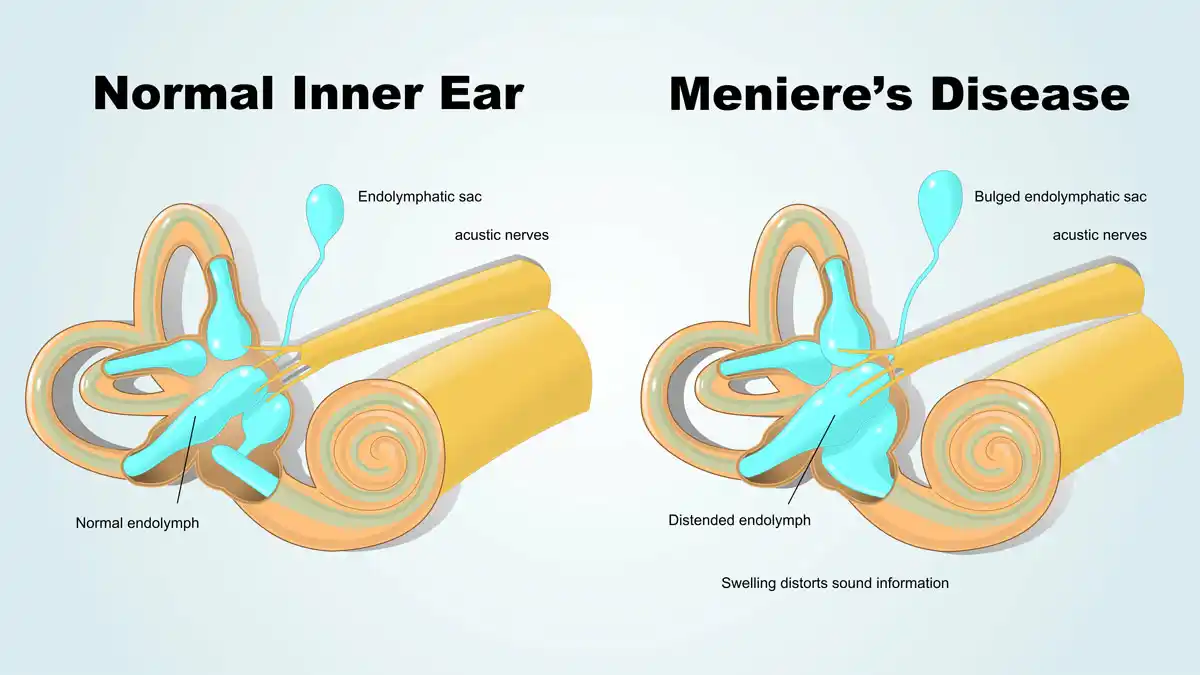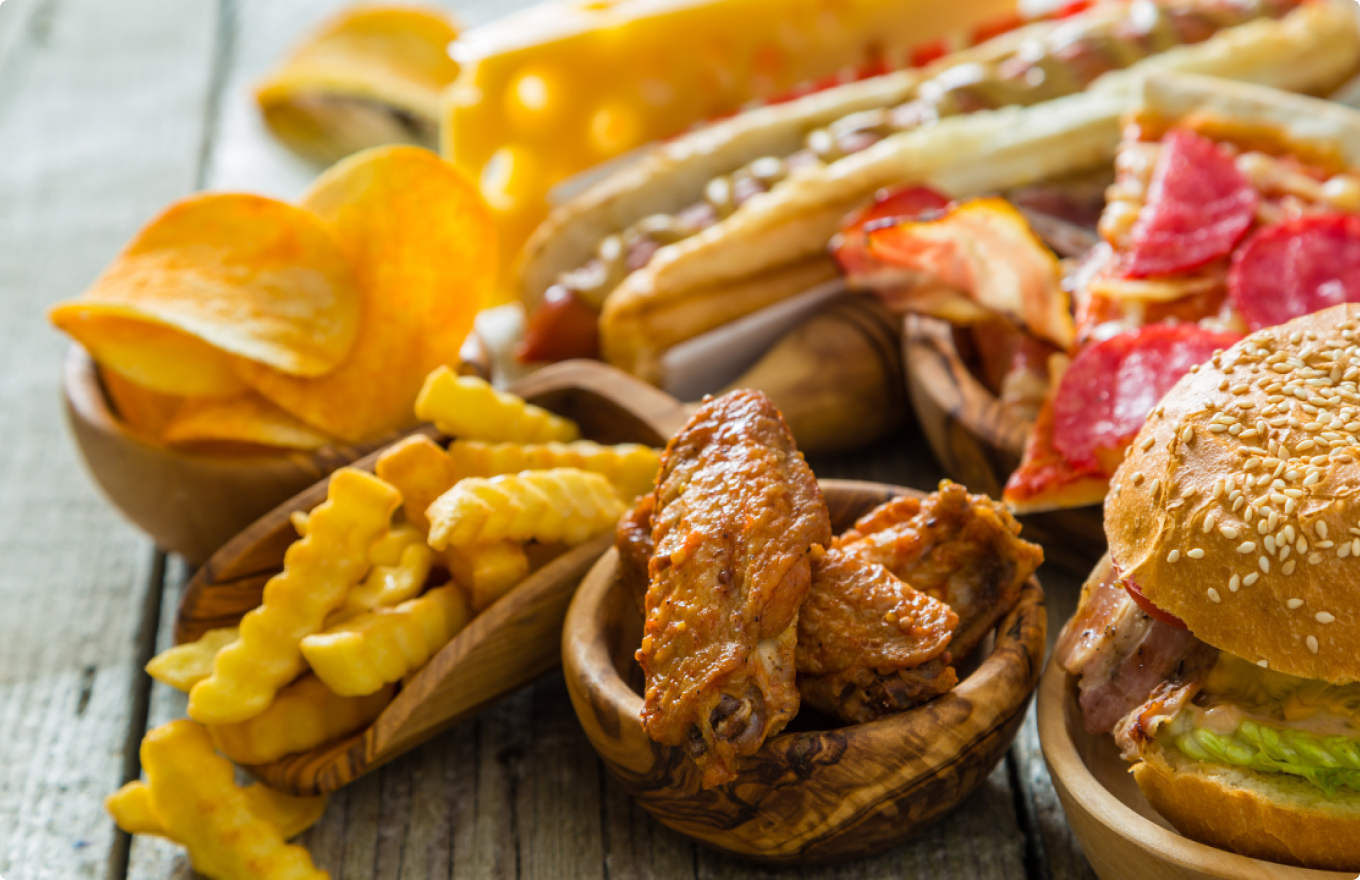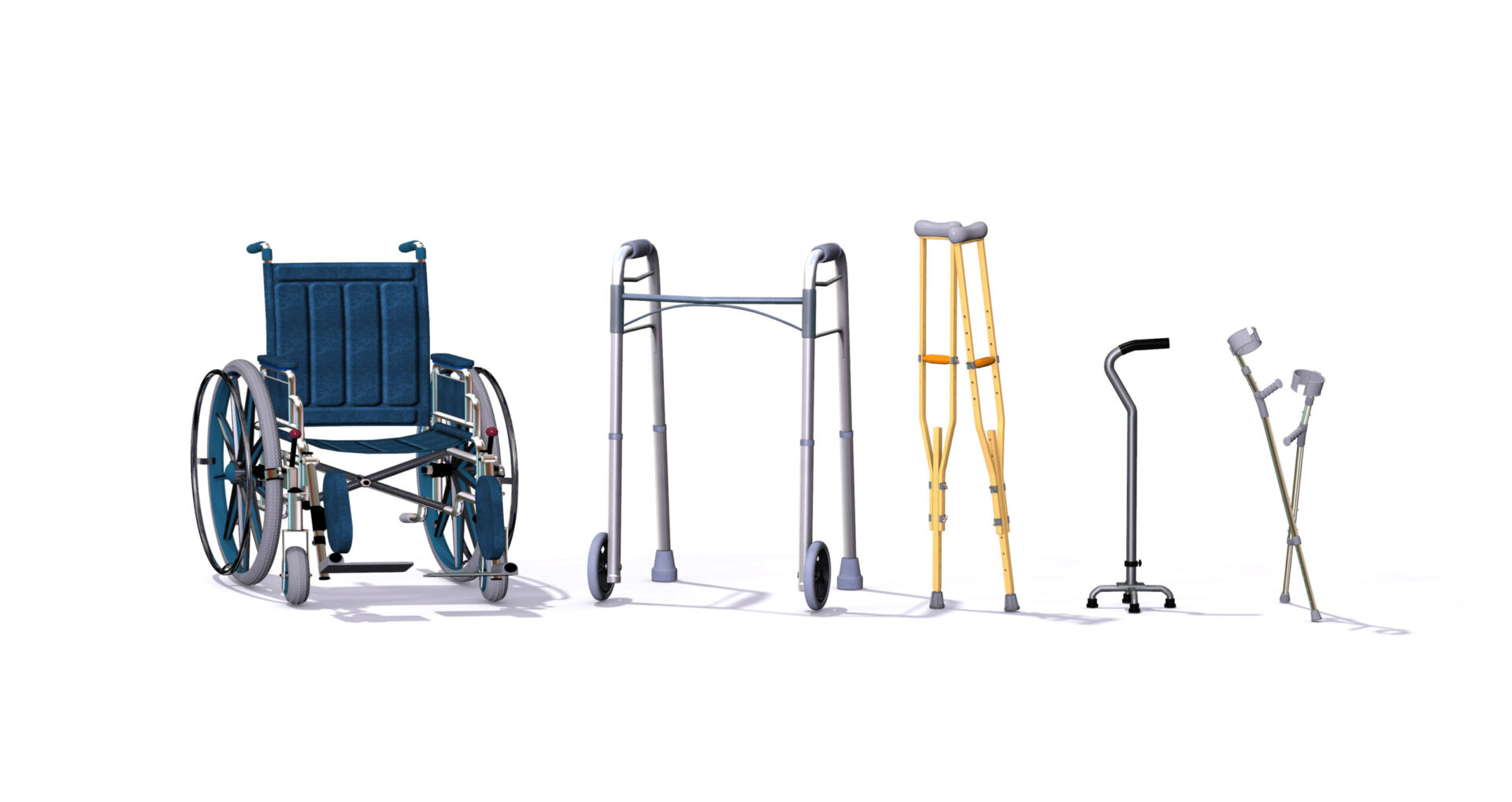Vestibular Migraine, as I’m sure you know by now, can be incredibly challenging to manage. Between weather changes, hormone changes, food triggers, and decreasing your caffeine intake, ‘a challenge’ doesn’t even begin to describe it. There’s a new study that I wanted to bring your attention towards, Dietary alteration of n-3 and n-6 fatty acids for headache reduction in adults with migraine: randomized controlled trial.
This article is interesting because instead of taking another thing out of your diet, it talks about something you can and should eat more of – finally!
What Food Group is Great for Vestibular Migraine?
This new study from the British Medical Journal shows that increasing Omega-3 Fatty acids, and without decreasing Omega-6’s can help decrease migraine pain, days, attacks, and other migraine-related symptoms.
The research shows that altering Omega-63s without changing Omega-6’s can decrease pain severity and frequency of attacks. However, the research did not find that there was a significant difference in quality of life.
What’s the Science between Omega-3’s and (Vestibular) Migraine?
Vestibular Migraine occurs due to a complex cascade of events that begins in the brain stem and trigeminal nerve, impacts the trigeminocervical complex, and then impacts the vestibular system. This cascade of events is what causes both pain (trigeminal nerve) and dizziness (vestibular nerve) in those with vestibular migraine. Omega-3’s are protective against that response.
As human beings, we are great at many things, however, synthesizing our own Omega-3 and 6’s is not one of them. Therefore, we can alter the number of fatty acids we have at any given time with our diet and/or supplements. And, it just so happens that these fatty acids are essential to the migraine cascade – in fact, they have a big role in pain regulation.
The nerve endings of the trigeminal nerve (the one that causes pain in migraine) are regulated by these same fatty acids, called lipid mediators. These mediators and together known as oxylipin receptors, and they’re enriched at the end of the trigeminal nerves. They regular sensitization and the release of the headache-related neuropeptide calcitonin gene-related peptide (1). This fact implies that there is a link between omega-6 & 3 fatty acids and headache etiology.
The oxylipins that come from Omega-6’s have been found to “sensitize the trigeminal nerve endings, and evoke behavioral pain responses;” this means Omega-6’s can increase pain severity and migraine frequency (1). However, the oxylipins that are derived from Omega-3’s are found to have antinociceptive properties, meaning that they reduce pain (1).
Where do I Find Omega-6’s, and Should they be Avoided?
Omega-6, the kind of fatty acid that is found mostly in the typical American diet, in fact, there is research to show that most people who eat a Western diet eat significantly more Omega-6s than Omega-3’s. Omega-6’s do play a role in our body’s function, so you should not completely get rid of this kind of fat. However, because we eat so much Omega-6, and want to try to fit in more Omega-3, it’s important to know where they come from.
- Vegetable oils
- Soybeans
- Corn/corn oil
- Eggs
- Some meat and fish
Where Do I Find Omega-3’s?
Omega 3’s are to kind of fatty acids we don’t get enough of in the Standard American Diet. It’si’mportant we get more of these than Omega-6’s so we can desensitize the trigeminal nerve, decrease pain severity, and decrease pain days overall. Although it may be easier for you to take them as a supplement, it is better to get them in your food, and more affordable. However, if you do not like any of these foods, it is typically recommended to get them in supplement form (aka Fish oil). Ask your doctor before you change or start a new supplement.
- Salmon, mackerel, or other fatty fish
- Seaweed and algae
- Chia and hemp seeds
- Walnuts
- Edamame
- Oysters & shrimp
- Spinach & Brussels
- Supplements
Source:
Ramsden, C. E., Zamora, D., Faurot, K. R., MacIntosh, B., Horowitz, M., Keyes, G. S., Yuan, Z.-X., Miller, V., Lynch, C., Honvoh, G., Park, J., Levy, R., Domenichiello, A. F., Johnston, A., Majchrzak-Hong, S., Hibbeln, J. R., Barrow, D. A., Loewke, J., Davis, J. M., … Mann, J. D. (2021, July 1). Dietary alteration of N-3 and N-6 fatty acids for headache reduction in adults with migraine: Randomized controlled trial. The BMJ. Retrieved October 5, 2021, from https://www.bmj.com/content/374/bmj.n1448.






